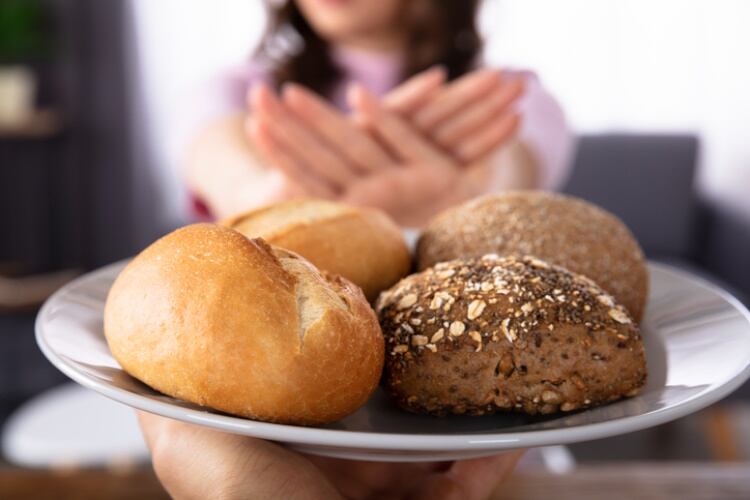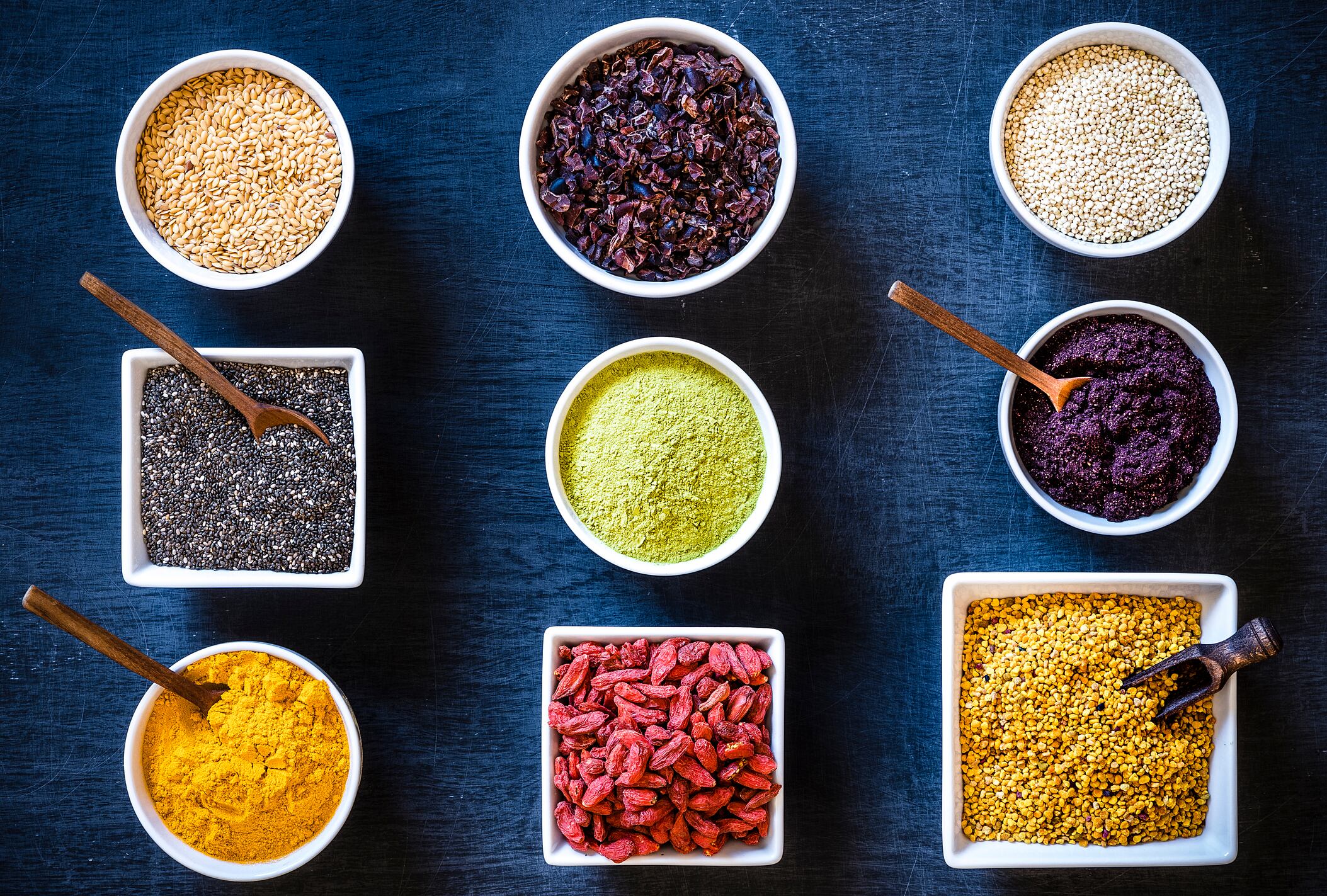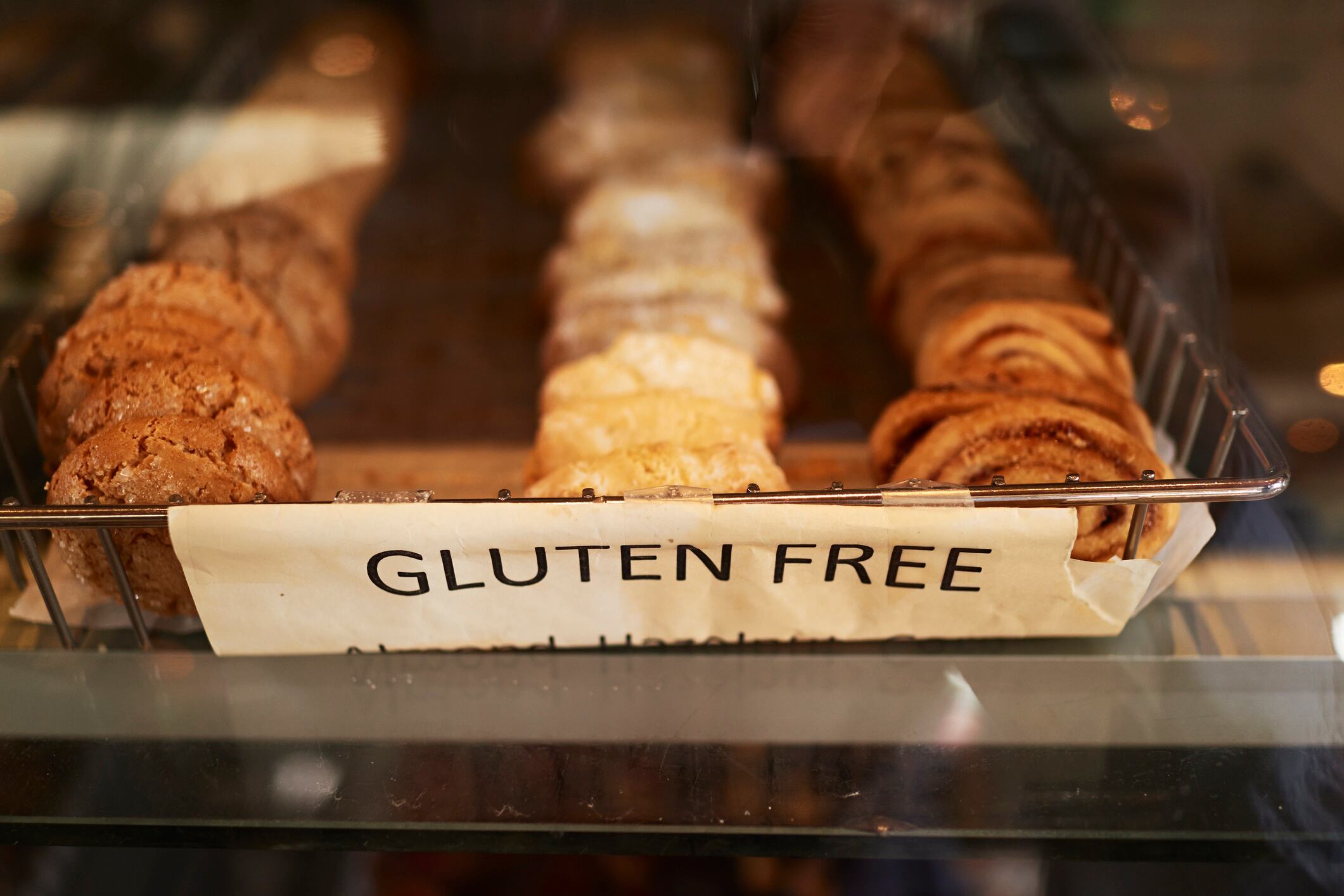May marks Coeliac Awareness Month - a timely reminder that this often-overlooked autoimmune disease affects millions, many of whom remain undiagnosed. With new science revealing how the gut actively drives the reaction to gluten, what does this mean for the future of gluten-free?
Despite growing awareness, coeliac disease frequently goes unrecognised, leaving many people struggling with persistent digestive issues, fatigue, skin conditions or fertility problems. In the UK, just 36% of those with coeliac disease are medically diagnosed, according to Coeliac UK, which means an estimated half a million people may still be living with unexplained symptoms.
To help close this gap, Coeliac UK’s 2025 campaign - “Is it coeliac disease?” - is encouraging earlier testing and greater recognition. Backed by high-profile advocates like Rebecca Adlington OBE, the four-time Olympic medallist who recently revealed her own long-delayed diagnosis, the campaign highlights just how easily symptoms can be missed or misattributed.
But raising awareness is only the first step. For the food and beverage industry, the real challenge begins after diagnosis: how to meet rising demand for gluten-free products that don’t just tick a dietary box, but deliver on taste, texture and satisfaction - especially in categories like bakery and snacks, where gluten has long been a structural cornerstone.
Where gluten reactions really begin

Recent scientific research is helping to reframe how we understand coeliac disease and, by extension, how we might address it.
A 2024 study from McMaster University, published in Gastroenterology, revealed that the gut lining is not just a passive barrier but an active participant in the immunological cascade triggered by gluten. In previous models, gluten proteins were thought to prompt an immune reaction after penetrating the gut lining. But this new research shows that epithelial cells in the gut can actually ‘license’ the immune system’s response by interacting with gluten peptides in specific ways.
This has wide-ranging implications. Not only could it pave the way for new treatments that target the earliest stages of the immune response, but it also validates the role of diet - and the food industry - in supporting people with coeliac disease beyond just avoidance.
“The only way we can treat celiac disease today is by fully eliminating gluten from the diet,” said Dr Elena Verdu, gastroenterologist at McMaster University. “This is difficult to do and experts agree that a gluten-free diet is insufficient.”
While https://www.bakeryandsnacks.com/Article/2023/05/25/Next-gen-of-gluten-free-bakery-Scientists-take-new-approach-to-replicate-gluten-properties/ the science opens the door to new categories of functional foods designed to support gut health, reduce inflammation or complement emerging therapies.
Big, growing but still full of gaps

Globally, around 1% of the population is estimated to have coeliac disease, although underdiagnosis means that figure is likely an undercount. At the same time, the gluten-free market is seeing steady and significant growth.
According to Mintel and Euromonitor, the gluten-free food category is expected to exceed $13 billion globally by 2027, with bakery and snacks among the fastest-growing segments. The expansion is being led by North America and Western Europe, but Asia-Pacific is showing particularly strong momentum thanks to a rising middle class and greater consumer interest in free-from and functional foods.
It’s also clear that it’s not just coeliacs driving the demand. From wellness-focused millennials to flexitarians seeking cleaner labels, gluten-free has evolved from a medical necessity to a mainstream dietary preference. That wider consumer base is raising expectations and pushing food producers to deliver.
In an increasingly competitive gluten-free market, success means going beyond safe. It means delivering on taste, texture, nutrition and indulgence.
From cardboard to croissants

Anyone following a gluten-free diet a decade ago remembers the struggle: dry bread, crumbly cakes and brittle cookies with all the appeal of compressed sawdust.
In 2025, that has changed dramatically. Gluten-free baking has become artisanal, aspirational and increasingly competitive. From flaky croissants and chewy sourdoughs to rich muffins and indulgent cookies, gluten-free goods are no longer just ‘good for what they are’ - they’re just good, full stop.
Better tools, smarter processes and a deeper understanding of ingredient functionality have thrust the category into a new era. So too has the shift toward novel formulations, including protein-starch blends, sourdough fermentation and whole-grain alternatives that deliver on both flavour and function. Even small-scale bakers are producing gluten-free goods with craft and care, turning to local ingredients and traditional methods to meet rising demand without compromise.
Gluten, of course, is no ordinary protein. It provides elasticity, traps air during fermentation, builds crumb structure and retains moisture - all of which are difficult to replicate. As many bakers point out, recreating those properties without gluten can feel like rebuilding a cathedral with different bricks and no mortar.
“Gluten plays a critical role in providing elasticity and structure in bread and pastries,” said Henrik de Vries, commercial manager at Kroner-Stärke, in an interview with Bakery&Snacks. “When you take that away, you end up with products that can be dry, crumbly or dense.”
To fill the gap, formulators are turning to a wide spectrum of ingredients. Familiar staples like rice, corn, sorghum, quinoa, buckwheat and chickpea flour remain foundational. But they’re now being joined by nutrient-dense, multifunctional ingredients - many of which are gaining recognition as superfoods.
Fava bean protein isolates, for example, are valued for both their structural integrity and clean label appeal. Fermented flours are improving flavour, enhancing digestibility and offering potential gut health benefits. Meanwhile, Solein, a novel microbial protein created through fermentation, is being trialled in gluten-free crackers and bars for its neutral taste and high nutritional value.
The evolution goes beyond baked goods. Snack formats - from crispbreads and extruded snacks to seed crackers and high-protein bars - are also being reformulated with smarter tools. Psyllium husk, prized for its water-binding properties, contributes elasticity and moisture retention. Hydrocolloids like xanthan and guar gum help stabilise gluten-free doughs and replicate the stretch and chew of conventional products. And in the lab, custom enzyme systems are being designed to reconfigure starch and protein interactions - enabling textures once thought impossible in gluten-free foods.
The future is functional

What comes next in gluten-free innovation will be shaped just as much by scientific breakthroughs as by culinary experimentation.
On the therapeutic front, enzyme supplements are being developed to break down gluten before it can trigger an immune response. Though not yet a replacement for a gluten-free diet in coeliacs, they may serve as a buffer against accidental exposure and offer support for those with lower sensitivities.
At the agricultural level, researchers are using CRISPR gene editing to develop low-immunogenic wheat - grains that behave like traditional wheat in baking but lack the specific peptides responsible for autoimmune responses. If successful, these could fundamentally reshape the gluten-free landscape.
The gut microbiome is also taking centre stage. As understanding deepens around the relationship between gluten, immunity and microbial balance, food developers are beginning to explore microbiome-friendly formulations that go beyond being simply safe and actively support digestive health.
Many of the ingredients driving these changes - from quinoa and buckwheat to fermented flours and fava bean protein - are not only functional but increasingly celebrated as superfoods. Their combination of fibre, protein and micronutrient density offers added appeal for health-conscious consumers, including those without a formal diagnosis but seeking to support overall wellness through diet.
In time, gluten-free bakery and snacks may evolve from free from alternatives into functional, benefit-driven foods - delivering digestive support, immune balance, and mainstream enjoyment in equal measure. That’s not just a win for coeliacs - it’s a sign of a more inclusive, forward-thinking food system, where innovation is driven not by restriction, but by possibility.
Gluten-free superfood ingredients to watch
What makes a gluten-free ingredient a ‘superfood’? It’s not just about what’s left out: it’s about what’s packed in: protein, fibre, micronutrients and gut health benefits.
Quinoa: A complete protein and gluten-free ancient grain, rich in iron and magnesium. Adds structure and a subtle nuttiness to baked goods.
Buckwheat: Despite the name, it’s naturally gluten-free. High in antioxidants and fibre, often used in biscuits, waffles and rustic breads.
Sorghum: Mild and versatile, with slow-digesting carbs and polyphenols. Popular in flours and puffed snack formats.
Fermented flours: Enhance digestibility and gut support. Used to improve flavour, shelf life and dough performance without gluten.
Fava bean protein: Boosts protein content and supports dough structure. A favourite in clean label, allergen-free baked goods.
Chickpea flour: Moisture-retaining and protein-rich, perfect for flatbreads, dense cakes and crunchy snack bases.
“Since removing gluten, I feel significantly better,” said Adlington. “My mood, my energy - everything is better. I am not in pain anymore. I am able to exercise more as I feel better.”
She added, “I never even thought I might have coeliac disease, but I wish I had asked my doctors to test me sooner.”
Added Hilary Croft, Coeliac UK CEO, “For those battling with unexplained symptoms, a coeliac disease diagnosis can be life changing. Our campaign aims to increase awareness of coeliac disease and we aim to reach the estimated half a million people living with the symptoms of undiagnosed coeliac disease to help guide them on the road to recovery. We’re here to help with advice and information for anyone who suspects they might have coeliac disease as well as those looking for ongoing support.”
Study:
Gluten-Dependent Activation of CD4+ T Cells by MHC Class II–Expressing Epithelium
Rahmani, Sara et al.
Gastroenterology, Volume 167, Issue 6, 1113-1128


